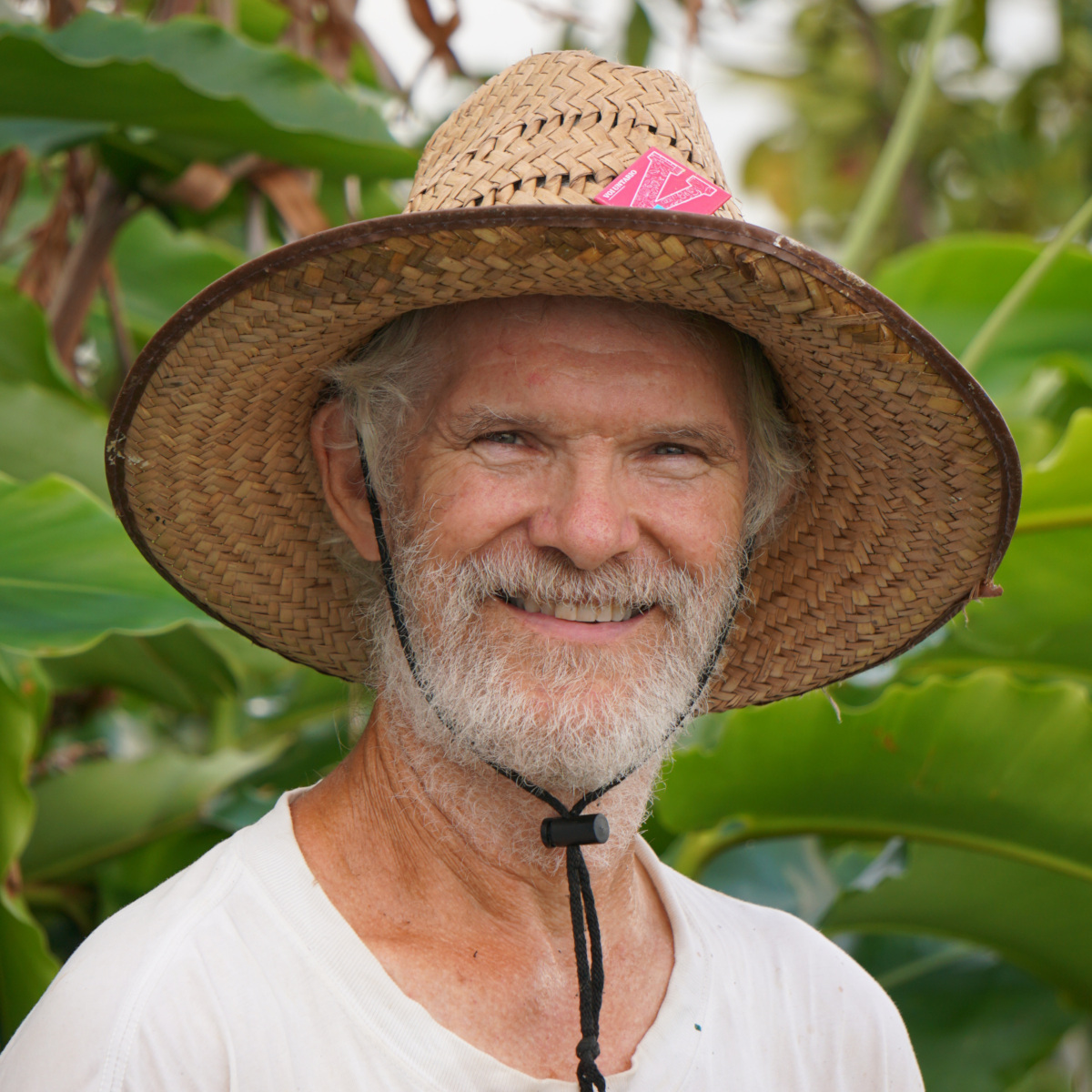Researchers will conduct tests in the Six Rivers National Forest, treating each test site with a unique biochar mix that’s seeded with a native, pollinator-friendly plant mix to compare growth between test sites.
They’ll measure changes in vegetation productivity, diversity, native species composition, soil carbon, nutrients, metals, bulk density, seasonal water availability, and microbial community composition over a five-year period.
Removed by mod
We are going to need a lot more of this kind of work. I read on permaculture sites about the need to pre-load biochar with nutrients - planting seeded biochar without nutrients could be unproductive. Biochar loading also depends on soil type, how the biochar is made, and how it is applied (tilled in or top-dressed). Size probably matters - big chunks will eventually break apart, but moderate size reduction gives better distribution. Fine dust will not provide the same degree of soil aeration. So, the devil is in the details.
Do you have any good biochar resources I could check out?
@Dogyote, sorry for the slow reply. This is a tricky question. It depends on what sort of interest you have in biochar, to be honest. Are you making it at home? Are you buying it for a garden? Are you interested in commercial production? It is a very fast evolving area of interest and there is a lot of information that seems a bit questionable to me - but maybe just because I am not up-to-date.




